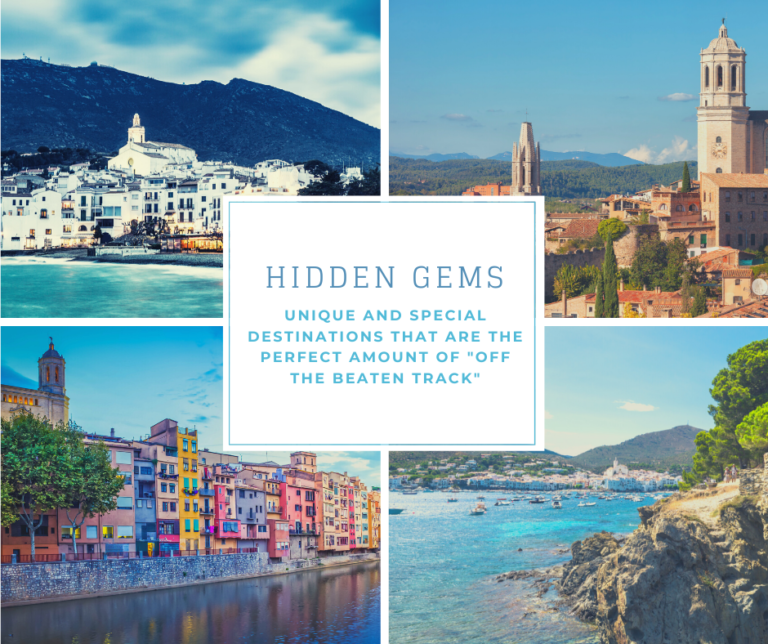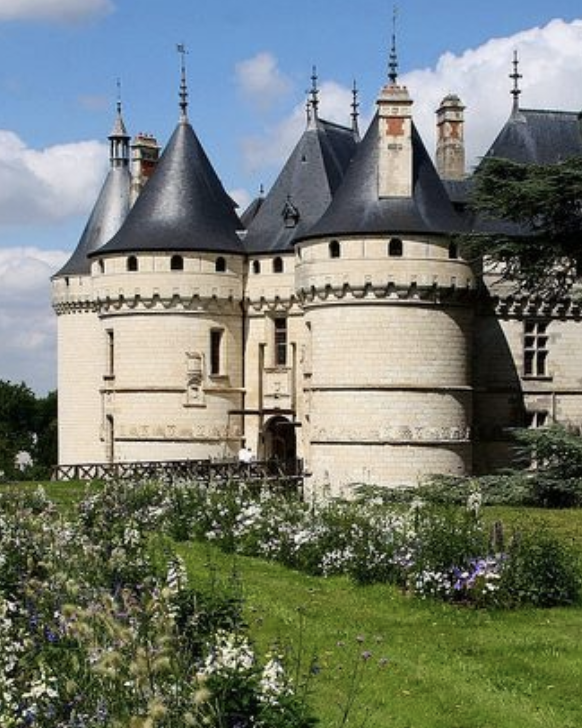Hidden Gems of Liguria
Liguria is one of Italy’s smallest regions (third smallest, to be precise), but as they say, great things come in small packages. The world famous Italian Riviera stretches down the coast of this seaside region, from where it meets the French Riviera at it’s most west, to where it turns into Tuscany, on it’s east. To the north, breathtaking mountains and enchanting hilltop villages, to its south, the vast blue of the Ligurian sea.
The popularity of the Italian Riviera means that in the summer months, this little region can become very crowded with sun seekers on a beach holiday – it’s especially popular with Italians who have second (or third) homes here that they use for the summer holidays. Even though these world famous destinations are the stuff of your Italian postcard dreams, there are also plenty of beautiful, less visited villages in this tiny seaside region that are worthy of a visit.
Tellaro
 Tellaro is one of the “last stops” in Liguria before the Tuscan border, recognized as one of the most beautiful villages in Italy by the “Borghi più belli d’Italia”, and a great way to experience the charm of an authentic Italian fishing village without the crowds of some of it’s neighbors (Tellaro is a short distance from the world famous Cinque Terre National Park). It’s a quick drive from Lerici and the port city of La Spezia, and the winding, rosemary and thyme scented road that leads you there has ample opportunities for beach detours through the hamlet of Fiascherino, in an area full of iconic blue flag beaches recognized worldwide for their high environmental standards and water quality. The village itself is very similar aesthetically to its neighbors of the Cinque Terre, muted pastel buildings that seem to fall softly into the blue sea. It’s full of charming bars and restaurants to laze about in, soaking up the sun and sea air. Perhaps best of all? Local legend tells of a magic octopus that centuries ago saved the village by jumping out of the water and ringing the church bells to alert the sleeping villagers of an incoming pirate attack. They celebrate this magical event every August with the “sagra del polpo” or octopus festival. Who doesn’t love a charming village with a captivating legend?
Tellaro is one of the “last stops” in Liguria before the Tuscan border, recognized as one of the most beautiful villages in Italy by the “Borghi più belli d’Italia”, and a great way to experience the charm of an authentic Italian fishing village without the crowds of some of it’s neighbors (Tellaro is a short distance from the world famous Cinque Terre National Park). It’s a quick drive from Lerici and the port city of La Spezia, and the winding, rosemary and thyme scented road that leads you there has ample opportunities for beach detours through the hamlet of Fiascherino, in an area full of iconic blue flag beaches recognized worldwide for their high environmental standards and water quality. The village itself is very similar aesthetically to its neighbors of the Cinque Terre, muted pastel buildings that seem to fall softly into the blue sea. It’s full of charming bars and restaurants to laze about in, soaking up the sun and sea air. Perhaps best of all? Local legend tells of a magic octopus that centuries ago saved the village by jumping out of the water and ringing the church bells to alert the sleeping villagers of an incoming pirate attack. They celebrate this magical event every August with the “sagra del polpo” or octopus festival. Who doesn’t love a charming village with a captivating legend?
Noli
 This sleepy town is unique to this part of the Italian Riviera in that it combines the historical importance of a walled medieval village and it’s castle which being right on the beach (and another blue flag one at that). Noli was historically an independent republic up until almost 1800, and locals are quite proud of this fact – they’ll happily tell you they consider themselves as important as more famous historic marine republics, like Venice and nearby Genoa. An active fishing village, this is a great place to taste the Ligurian specialty of capon magro, an elaborate platter of seafood, shellfish and vegetables plated into a tower form over hard bread, and dressed with an aromatic and sharp herb salsa verde. It’s also a nice stop for exploring nearby (and also lovely) Finale Ligure and Varigotti beach.
This sleepy town is unique to this part of the Italian Riviera in that it combines the historical importance of a walled medieval village and it’s castle which being right on the beach (and another blue flag one at that). Noli was historically an independent republic up until almost 1800, and locals are quite proud of this fact – they’ll happily tell you they consider themselves as important as more famous historic marine republics, like Venice and nearby Genoa. An active fishing village, this is a great place to taste the Ligurian specialty of capon magro, an elaborate platter of seafood, shellfish and vegetables plated into a tower form over hard bread, and dressed with an aromatic and sharp herb salsa verde. It’s also a nice stop for exploring nearby (and also lovely) Finale Ligure and Varigotti beach.
Varese Ligure
 Liguria is most famous for it’s beach, but as much as this region is attached to the sea, the mountains to the north are just as important to Ligurian cuture – what makes this region so special is to have a mountain retreat a short drive from the beautiful sea. Varese Ligure is a great example of a typical, medieval hamlet in the Ligurian hills, and noted specifically for its interesting circular formation, as well as for its bio and organic importance. It was even certified by the European Union as the most eco-friendly rural village in Italy, and this goes further into their produce, meats and cheeses (over 95% of agricultural activity is certified organic). Even outside of the summer months, the area is famous for it’s porcini mushrooms and chestnuts. The traditional Ligurian colored houses here blend into the vivid green mountains of the Val di Vara instead of the Ligurian sea, but they are just as spellbinding – here, you find an authentic, calm village all yours to explore (and taste!).
Liguria is most famous for it’s beach, but as much as this region is attached to the sea, the mountains to the north are just as important to Ligurian cuture – what makes this region so special is to have a mountain retreat a short drive from the beautiful sea. Varese Ligure is a great example of a typical, medieval hamlet in the Ligurian hills, and noted specifically for its interesting circular formation, as well as for its bio and organic importance. It was even certified by the European Union as the most eco-friendly rural village in Italy, and this goes further into their produce, meats and cheeses (over 95% of agricultural activity is certified organic). Even outside of the summer months, the area is famous for it’s porcini mushrooms and chestnuts. The traditional Ligurian colored houses here blend into the vivid green mountains of the Val di Vara instead of the Ligurian sea, but they are just as spellbinding – here, you find an authentic, calm village all yours to explore (and taste!).
Dolceacqua
 Located close to the most westerly border of Liguria towards France, Dolceacqua is another example of a hillside village off the beaten path, but very much worth the trip – if even for the wine and oil alone! Dolceacqua is famous for the region’s most prized red wine, Rossese di Dolceacqua, and olive oil from the prized olives of the region (Ligurian olive oil is often considered the best in Italy). Aside from drinking and eating your way through this attractive little village of 2000 people, the town itself is something out of a medieval film set, with stone houses and enchanting cobblestone alleys, a picturesque stone bridge over a stream and an 11th century castle towering over the village. This is the perfect place to explore without going too far from the French Riviera or even Savona or Genova.
Located close to the most westerly border of Liguria towards France, Dolceacqua is another example of a hillside village off the beaten path, but very much worth the trip – if even for the wine and oil alone! Dolceacqua is famous for the region’s most prized red wine, Rossese di Dolceacqua, and olive oil from the prized olives of the region (Ligurian olive oil is often considered the best in Italy). Aside from drinking and eating your way through this attractive little village of 2000 people, the town itself is something out of a medieval film set, with stone houses and enchanting cobblestone alleys, a picturesque stone bridge over a stream and an 11th century castle towering over the village. This is the perfect place to explore without going too far from the French Riviera or even Savona or Genova.




